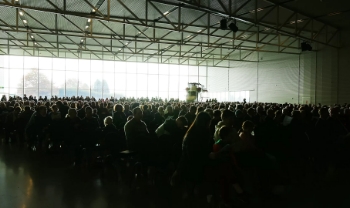Have you ever considered donating an item to the Air Force Museum? Donating to the Museum is a rewarding experience for many people, but did you know it’s a legal transaction? When someone donates an item to the Museum, a change of ownership is required. It’s a relatively straightforward process, but not quite as simple as sending or dropping something off to the Museum.
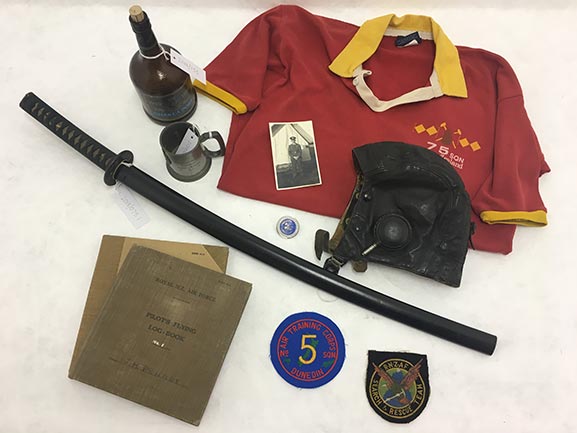
The donation process consists of four main steps:
1) The potential donor confirms they have legal title to the items(s) they wish to donate (meaning it’s theirs to give) and they are willing to transfer that title to the Museum.
For the Museum to be able to fully make use of its collection, without conditions or restrictions, it needs to be the legal owner of the individual items within. Change of ownership means the legal title to the item passes to the Museum Trust Board who owns our collection. If we don’t own an item, or know its provenance (details about its origin and history), we may be limited in how we can use it.
Change of ownership doesn’t mean that items become anonymous. Even though the title has been transferred, the donor is forever associated with the item in our records. Donors and their families can come and view anything they’ve donated by simply contacting us in advance to arrange a suitable time. We do, however, treat donor details with the utmost respect and privacy. It is not Air Force Museum policy to name donors on display labels.
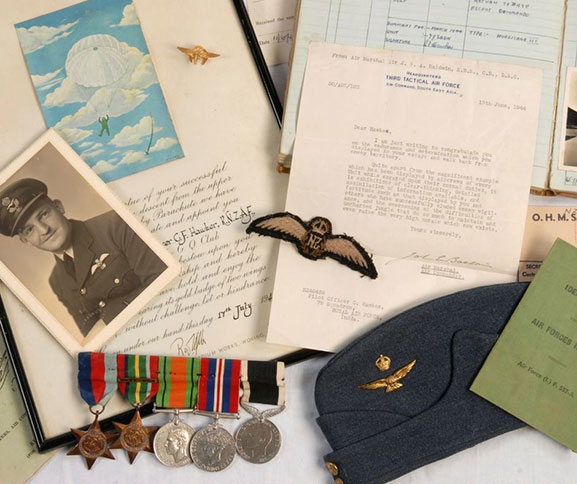
From the collection of the Air Force Museum of New Zealand.
2) The donor provides as much background information about the item(s) as possible.
You can draw an analogy between gathering information at the point of donation and filling in an online dating profile – the more information that’s in the profile, the more potential matches you’ll have and the more likely the Museum is to accept it. In the Museum’s case, potential matches include use in exhibitions and displays, assisting researchers, content for social media posts, and supporting the development of education and public programmes.
Even if you may think what you know about an item is relatively minor, all information helps inform our assessment process.
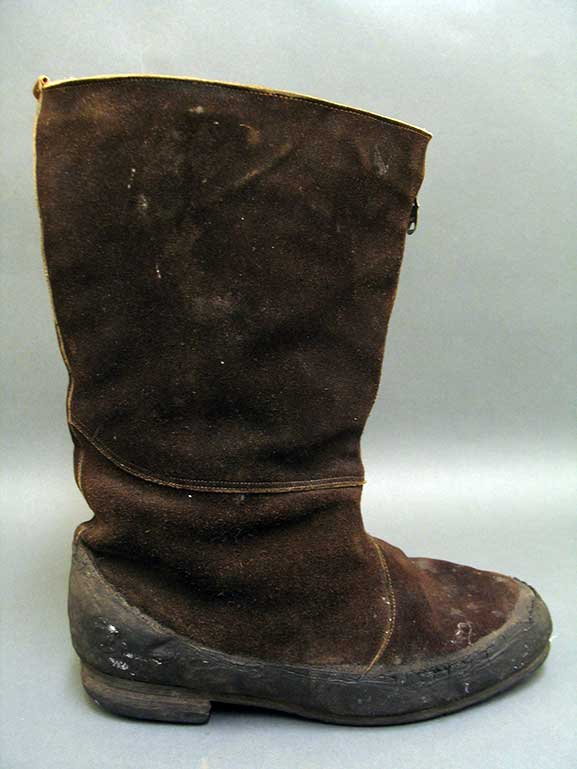
From the collection of the Air Force Museum of New Zealand.
3) The Museum’s curatorial team undertake a donation assessment.
All items offered to the Museum must go through an assessment process – they are not automatically added to the collection. We need to think about the significance of the item and whether it fits within our Collection Management Policy, if there are any ethical considerations (we are bound by the Museums Aotearoa Code of Ethics), the condition of the item, whether we have examples already, and any storage or long-term care restraints. This assessment process can take some time, so it’s always preferable to get in touch with us first to tell us about the item(s) you are considering donating.
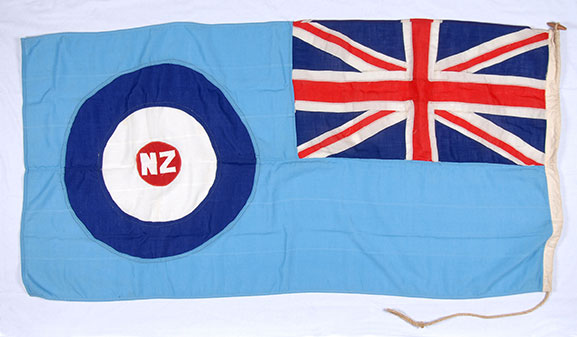

4) An Article Donation Form is completed (the document that transfers ownership).
Once the assessment process has been completed, the item is either formally accepted or declined. If accepted, an Article Donation Form will be completed, which legally transfers ownership. If the item is declined, we will get in touch with the donor and let them know the outcome, at which time they will need to come and collect the item if it has been left at the Museum.
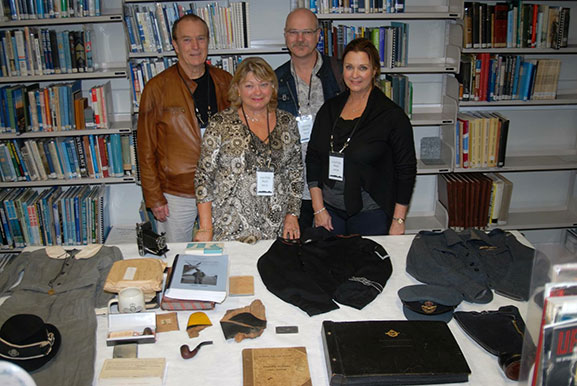
If you have any questions about an item you are considering donating to the Air Force Museum collection, or would like to understand more about the process of donation, we would be happy to hear from you.
